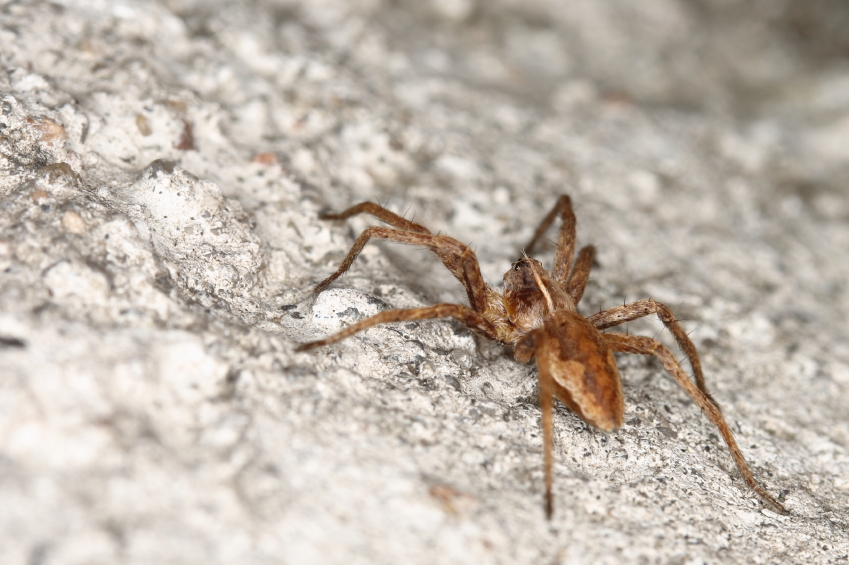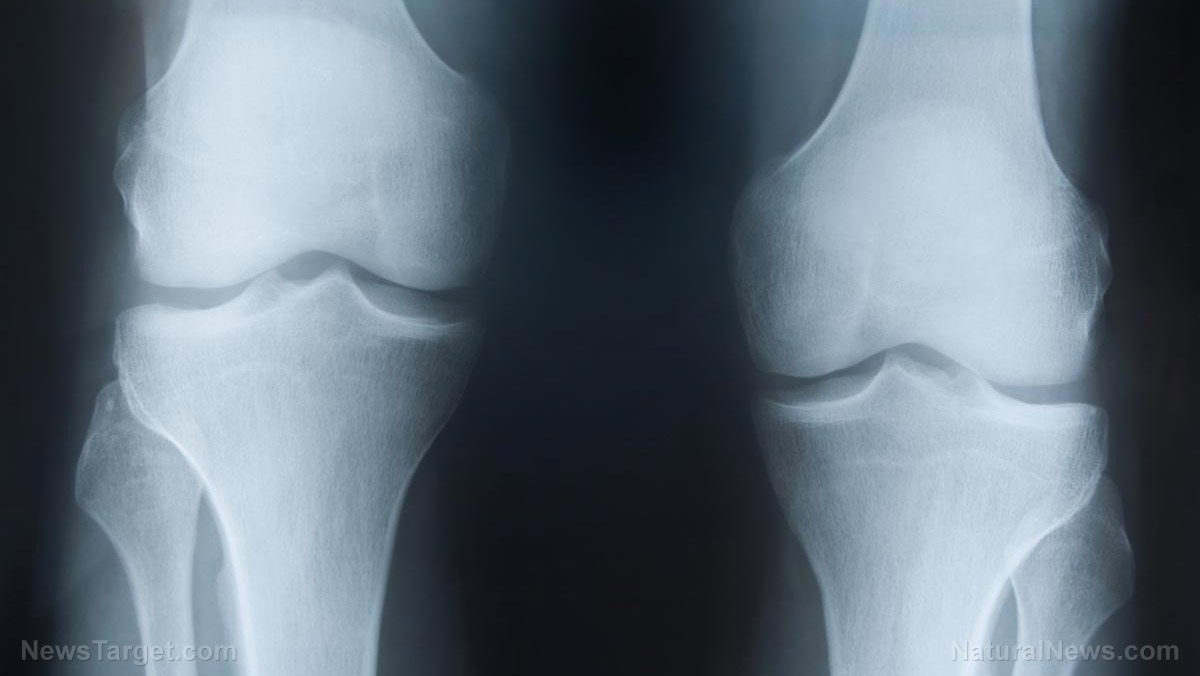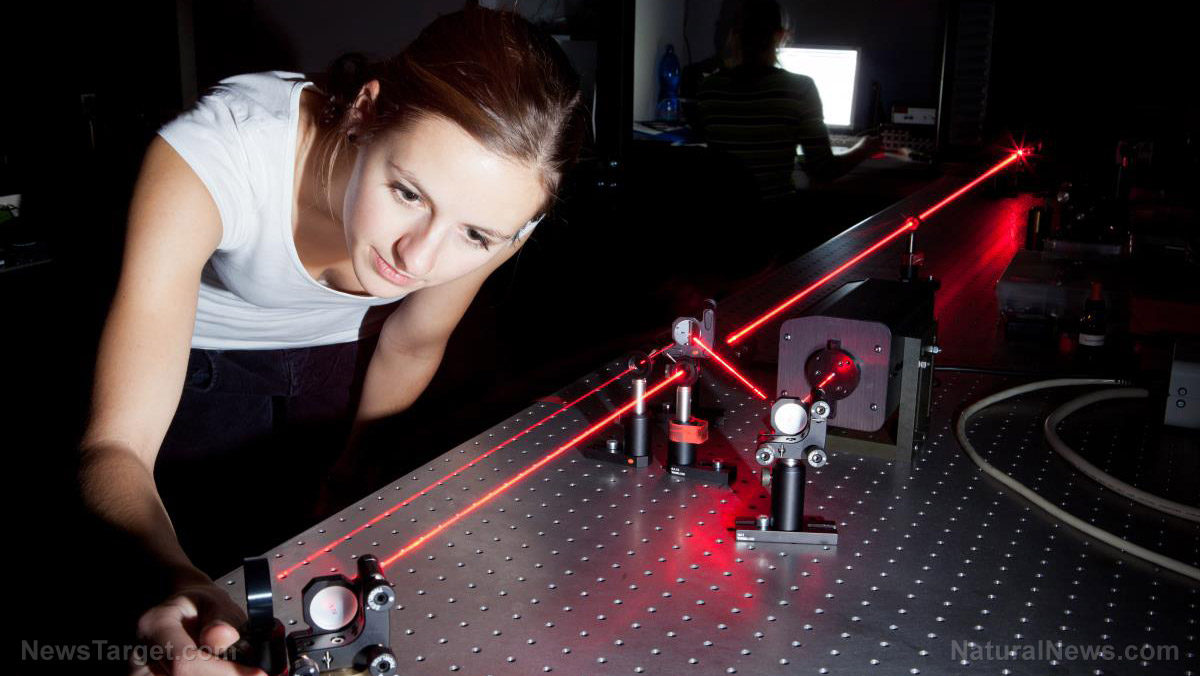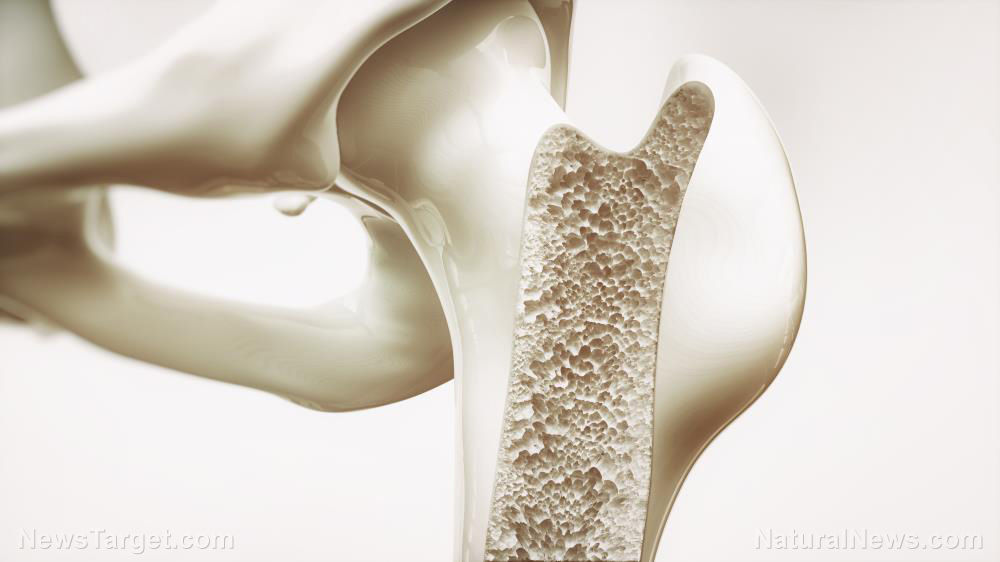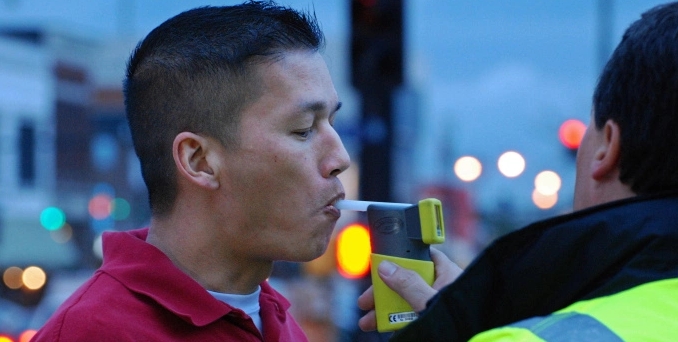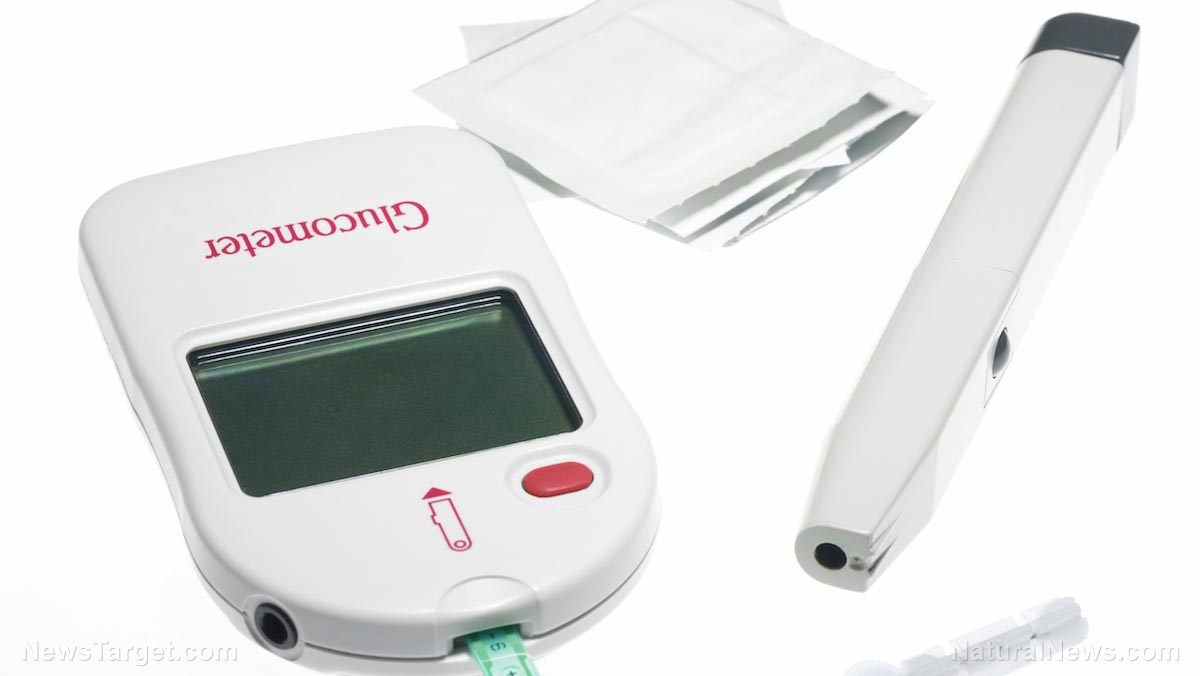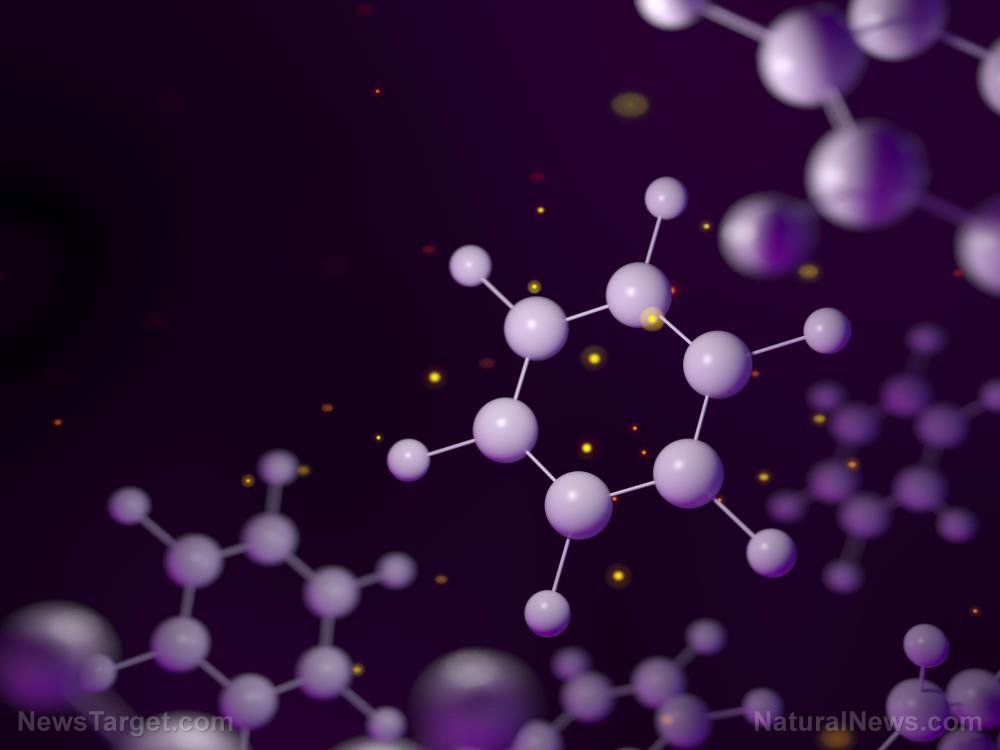Beat itchy skin – by shining a light on it?
03/18/2019 / By Edsel Cook
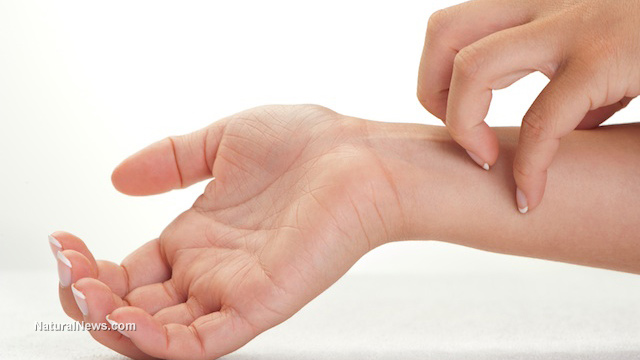
Scientists have found a new way to relieve itchy skin without resorting to potentially harmful scratching. An experimental method devised by Italian researchers used a certain type of light to get rid of itchiness and prevent the annoying sensation from coming back for months afterward.
Most people know the annoying experience of suddenly needing to scratch a particularly hard-to-reach spot on the back. That frustrating sensation is much worse for people afflicted with eczema and other chronic skin diseases.
Scratching that itch will do far more harm than good in the long run. It can hurt skin cells, trigger more inflammation, and perpetuate further itchiness.
That led researchers from the European Molecular Biology Laboratory Rome to experiment with a near-infrared light-based treatment on laboratory mice afflicted with skin problems. They found that their method could relieve the itchiness of the skin, which mice would otherwise scratch or gnaw at in an effort to relieve the irritation.
The new approach is touted as a promising way to reduce the discomfort caused by chronic skin diseases. The details can be found in the scientific journal Nature Biomedical Engineering. (Related: Good for your skin too: Topically applying dong quai can improve pruritus.)
New light-based approach promises to stop itchiness for months
Certain nerve cells are dedicated to detecting the slightest itchy sensation. Normally found in the upper layer of the skin, these specialized cells will move toward the surface during itching spells.
The researchers created a light-sensitive chemical that bound itself to these nerve cells. Furthermore, the substance is designed to react only to light in the near-infrared range.
The new chemical was injected into the swathe of skin that displayed signs of itchiness. The treated area was then exposed to a source of near-infrared light.
Upon exposure to the light, the itch-sensing nerve cells retreated from the skin’s surface. When that happened, the itchy feeling subsided. The skin cells could begin healing any damage they incurred during the episode.
The itch-relieving effects of the treatment lasted for several months. Furthermore, the chemical only targeted the itch-detecting nerve cells; it ignored other types of nerve cells, such as the ones that detect pain, temperature, or touch.
Mice and men share the same itch-triggering molecule
The researchers tested their light-based treatment on mice with two different skin problems. One is the fairly common eczema, also known as atopic dermatitis. The other is the much rarer amyloidosis, a genetic disease that is considered to be incurable. They reported success in alleviating the itching symptoms of both skin diseases. (Related: Home remedies for different types of skin rashes.)
EMBL Rome researcher Linda Nocchi served as the primary author of the scientific paper. She was pleased to note the considerable improvements in the health of the mice, which showed better-looking skin and fewer episodes of scratching at itchy spots. Her colleague Paul Heppenstall believed that a modified version of their method could be used to relieve chronic itching in human patients. Their light-reactive chemical targeted the protein that caused itchiness in both humans and mice: Interleukin 31, an inflammatory cytokine responsible for chronic swelling of cells and tissues as an immune response.
The team derived their light-based therapy from an earlier approach to alleviate chronic pain. They are planning to test it on human tissues to see if it is effective and safe for use on humans.
“Our goal now is to take these therapies further,” reported Heppenstall in a press release. “We want to collaborate with industry partners to develop therapies for humans, but also for veterinary medicine, as itch is a major problem in dogs as well.”
Sources include:
Tagged Under: alternative medicine, amyloidosis, atopic dermatitis, breakthrough, eczema, infrared light, itchy skin, light treatment, medical technology, Naturopathy, relief, skin care, skin care remedies, skin diseases, vibrational medicine



